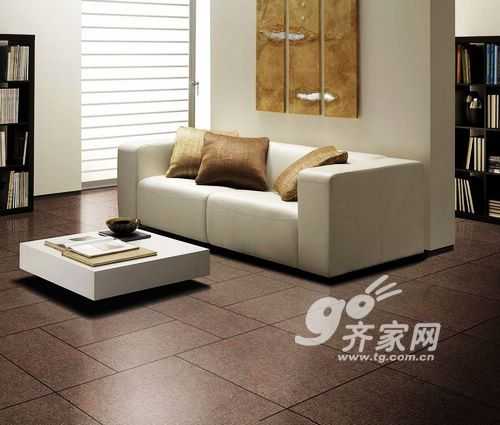Before you purchase a kitchen tile, you must calculate the area that you need to lay it on. The general area measurement can be obtained. The calculation method shown in the table below is available.
Pay attention to two points: First, after calculating the actual area, pay attention to the number of tiles sold rather than the area; Second, plus a certain amount of loss, the general loss of 5-10%, small square brick About 3%. Otherwise, the time spent on filling the bricks will be delayed and the batch inconsistency will have a chromatic aberration effect.

Calculate the number of tiles by area
The total number of tiles = tiles tile area (square meters) &spanide; (the length of a single tile × the width of a single tile)
Such as: 20 square meters of 120 × 120mm specifications of a total of how many tiles to buy?
Total number = 20m2&spanide; (0.12m x 0.12m) = 1388.9 (pieces)
Note: When calculating the number of pieces, it should be noted that the units are uniform, so the length and width of the tiles should be converted from millimeters (mm) to meters (m).
If the result of the calculation is a decimal, the decimal point is generally calculated using the “round up†method, ie, 1389 pieces, and another loss is required to purchase the tile.
alert! Profiteering algorithm is tricky! Sneak away your money secretly! 09.8.3 Real Events
Netizen: “Yesterday I bought a 120mm*120mm white bread brick at the store. When I opened the bill, I used squared pricing, 120 square meters. I didn’t ask how many square meters I would like to return to. Yes, today the tiles were delivered, we bought 20 square meters, they counted us 65 square meters, a total of 1300. At that time there was a doubt, ... delivery master said that because of this small brick to stay in the seams ... ..." The result is that there should be at least 1,380 tiles. As a result, the merchants only sent 1,300 pieces, which was a total of more than 80 pieces. After complaints toss, the final merchants delivered a total of 1340 tiles.
Compared with the following calculation methods, the rough look is basically the same, and the intentions will be found in the heart:
Algorithm 1: The number of bricks per square contains × squares = [1&spanide; (0.12m * 0.12m) × (factor)] × 20 = ≈ × 67 × 20 = 1340 [this algorithm is easy to play tricky]
Algorithm 2: tile paving area (square meters) & spanide; (length of single tile × single tile width) = 1389 pieces [reasonable algorithm]
Mystery: The square number is correct, the number of pieces is less! Pay per square, but the number of bricks per square is rounded (some merchants will also get a conversion factor, or as the above-mentioned merchants make a joint, claiming that the internal regulations play tricks), the total number of tiles is unknowingly reduced Now. Although 1 level is not felt, the number of squares purchased is a lot, and it is a big loss for consumers.
Conclusion: When estimating the price, you can estimate it in square meters, but to buy a tile, be sure to confirm the number of pieces with the merchant. This will prevent the merchant from playing tricks on the algorithm and unwittingly take away your money.
Calculate the number of waistlines by length
First, ask the tiling worker to measure the total length of the waist line to be attached. The calculation method is:
Total number = total length of the waist &spanide; length of single waist line
For example, the length of the waistline is 10 meters, and the size of the selected waistline is 80mm*3mm brick.
Total number = 10m&spanide; 33m = 30.3 pieces
The decimal point is generally calculated using the upward rounding method, so the result is 31, buy 1-2 more.
Tiles Buy Tiles Tiles Price Tiles Specifications Kitchen Tiles ld Tiles
Steel Valves,Stainless Steel Ball Valve,Stainless Steel Valve
Ductile iron pipe fittings CO.,Ltd , http://www.ns-valve.com